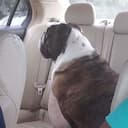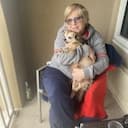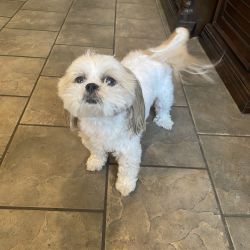Origins and Temperament
The Neapolitan Mastiff originates from Italy, bred to be imposing guardians. With their history rooted in watching over estates and families, these gentle giants exhibit a calm yet vigilant temperament. They form deep bonds and can be protective, which can influence their travel experience. It’s crucial to ensure that their transportation maintains a sense of security, as their protective nature can cause them to be uneasy in unfamiliar settings.
Size and Physical Needs
Neapolitan Mastiffs are known for their massive build, ranging from 110 to 150 pounds or more. Due to their size, these dogs require ample space to stretch and rest comfortably during transport. Moderate exercise is recommended for them, so incorporating rest stops into travel plans is essential for their wellbeing. Accommodations for their unique physicality, such as secure, spacious crates or vehicle areas, are non-negotiable for their comfort.
Common Health Considerations
Common health issues for Neapolitan Mastiffs include joint conditions like hip dysplasia, heart issues, and skin infections. Health documentation, particularly a certificate of veterinary inspection, may be required, and these must be up-to-date to ensure your mastiff can travel safely. Preventative measures such as regular vet checks and a comfortable transport environment can mitigate travel risks.
















